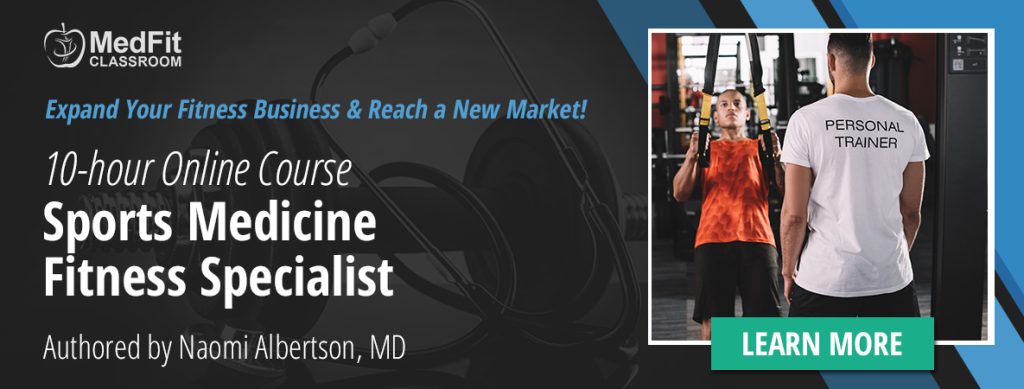Warm Up
There are many schools of thought about warming up, however it is generally accepted that warming up muscles that will be used for a specific activity is a good way to avoid injuries such as muscle tears. A good warm up routine to use is to perform the activity you’ll be doing at about 1/3 to ½ the speed or intensity for 5 to 10 minutes. For example, if you’ll be skiing try squatting, doing side to side steps, or jumping rope for 5 to 10 minutes. Skipping the warm up can result in painful muscle tears that may take as long as 8 weeks to heal.

Stretching
Stretch Pre- and Post-Workout! Stretching your muscles after your warm up increases your flexibility and may help to prevent injuries (think ACL and stretch your quads and hamstrings). Additionally, if you incorporate a cool down into your workout you will increase your overall “fitness” and improve your cardiovascular health. Just 5 minutes of a slow run or fast walk after your main workout can improve your cardiac tone and overall fitness. Believe it or not, the research shows that a cool down is MORE important than a warm up for fitness!
Hydration
Fluids help maintain normal thermoregulation (body cooling and warming) and allow for normal physiologic function of muscles. It is critical to hydrate to thirst and be aware of caloric needs (see below) if you are working out for longer than 30 to 40 minutes. Trying to work out without fluids (or calories) is like trying to drive your car with an empty tank of gas.
Nutrition
Although your body might access your fat cells as energy reserves eventually, you may suffer an injury way before then if you don’t have any readily accessible carbohydrates (i.e. glycogen or glucose) available for your muscles to use during your workout. You need a regular source of glucose throughout your workouts and should plan to use protein intake following your workouts for muscle repair.
Rest
Rest is critical to avoid over-training (the most common) injuries. Taking at least one day off from your fitness regime each week may satisfy that need. You should also take a break if you feel extremely sore for longer than 24 hours after a workout, exhausted or if your resting heart rate increases by more than 3 beats per minute.
Learn More: Specialized Education for Fit Pros
MedFit Classroom’s Sports Medicine Fitness Specialist online course is designed to provide fitness professionals with a thorough understanding of common sports injuries and recovery post-medical/surgical intervention with considerations in training, pre and post rehabilitation, nutrition and in some cases medication to support recovery in this population.
Advance your education and specialize with this 10-hour online course!

Naomi L. Albertson M.D. is Board Certified by the American Academy of Family Physicians and specializes in the non-surgical management of musculoskeletal problems, sports injuries, concussions, and the treatment of osteopenia and osteoporosis.

